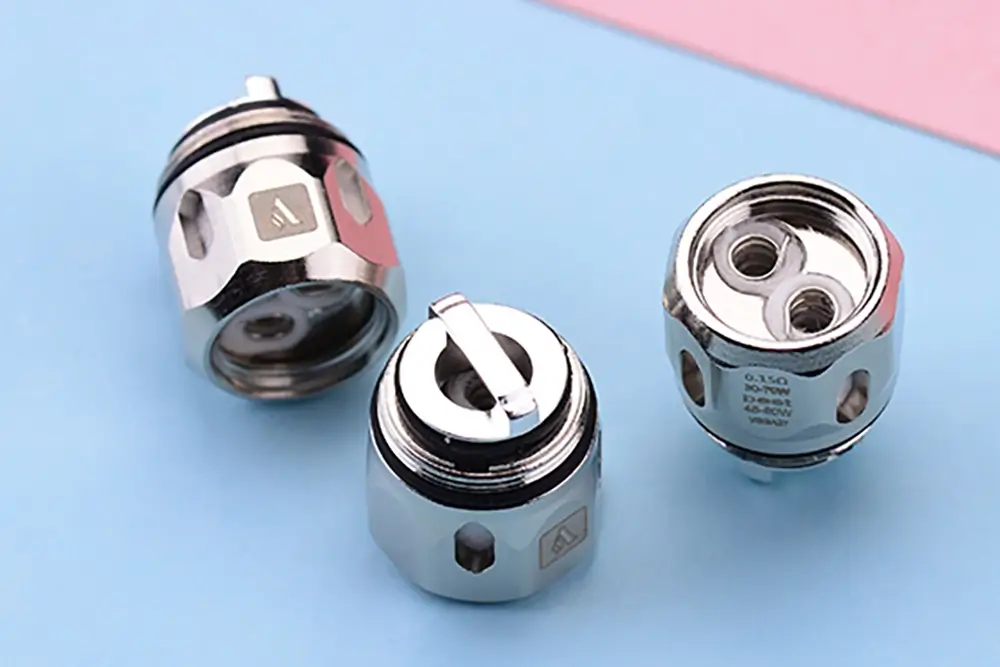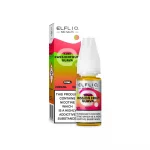When it comes to vaping, one of the key factors that determine your experience is the resistance of your coil, often measured in ohms. Understanding coil resistance and how it affects your vaping experience is essential for every vaper. Let’s delve into the intricacies of coil resistance and explore the factors that can help you choose the right ohms for your needs.
What Are Ohms?
In simple terms, ohms (Ω) measure the electrical resistance of a coil. A coil with higher resistance will impede the flow of electricity more than one with lower resistance. This electrical resistance affects the amount of heat generated by the coil when current passes through it.
Coil Resistance and Power
The resistance of your coil plays a significant role in determining the power output of your device. According to Ohm’s Law (V = I × R), where V is voltage, I is current, and R is resistance, power (P) is calculated using the formula P = V × I. This means that for a given voltage, lower resistance coils will draw more current and produce more power, resulting in higher wattage.
High vs. Low Resistance Coils
- High Resistance Coils (Above 1.0 ohms):
- Typically used in mouth-to-lung (MTL) vaping setups.
- Require less power to operate effectively.
- Produce less vapor but offer a tighter draw and more prominent throat hit.
- Suitable for higher nicotine e-liquids and replicating the sensation of smoking traditional cigarettes.
- Low Resistance Coils (Below 1.0 ohms):
- Commonly found in sub-ohm vaping setups.
- Require higher wattages to function optimally.
- Generate more vapor and deliver a direct-to-lung (DTL) inhale with increased airflow.
- Ideal for use with lower nicotine e-liquids and for cloud-chasing enthusiasts.
Factors to Consider When Choosing Coil Resistance
- Vaping Style: Consider whether you prefer a tight MTL draw or an airy DTL inhale.
- Device Compatibility: Ensure that your device supports the resistance range of the coils you intend to use.
- E-Liquid Preference: Higher resistance coils are better suited for higher nicotine strengths and PG-based e-liquids, while lower resistance coils are ideal for VG-heavy blends and lower nicotine levels.
- Battery Life: Lower resistance coils draw more power from your battery, potentially reducing battery life compared to higher resistance coils.
Conclusion
Choosing the right coil resistance is crucial for achieving your desired vaping experience. Whether you prioritize flavor, vapor production, or throat hit, understanding ohms and their impact on your vape setup empowers you to tailor your device to suit your preferences. Experiment with different coil resistances to find the perfect balance for an enjoyable vaping journey.





